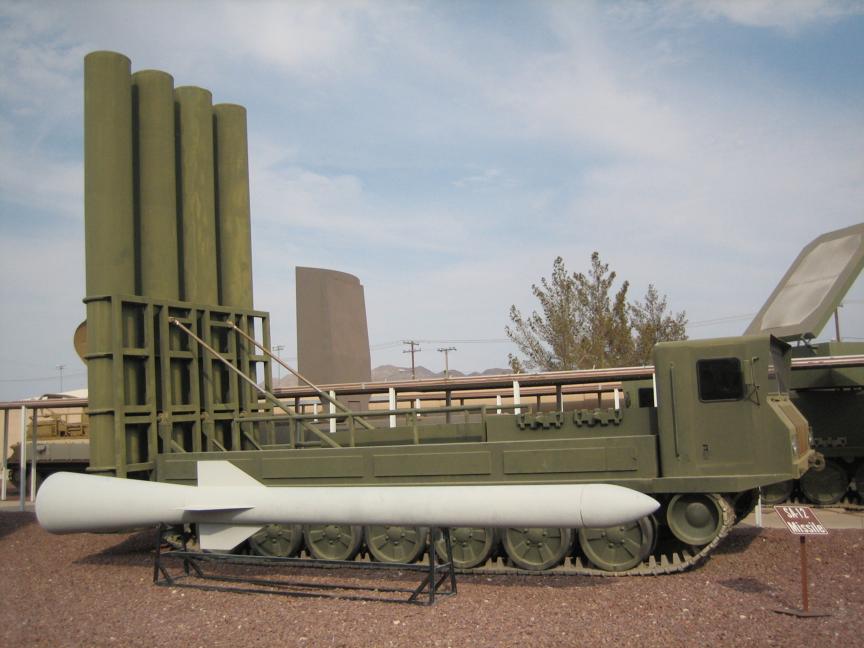I have news for you, the equipment used in depots to create test signals is not mil-spec ruggedized equipment. It is built more or less onesy-twosy from off the shelf components and used in a lab setting. There isn't much money to be saved with inexpensive components because an awful lot of what goes into them has no cheap commercial counterpart. So what you would have is some notional Serbian lab trying to piece together some devices that simulate a radar signal's characteristics mostly out of components from the radars themselves. You won't find the pieces you need in any catalog or at the local Dick Smith or Radio Shack. These items come from a very limited number of military electronics suppliers. But have fun with your fantasy anyway

You genuinely have no feel for how little energy a microwave oven creates compared to a target illumination or search radar. In any developed environment the energy from that microwave will be lost in the signals from building alarms and garage door or gate openers, cell phone antennas, commercial broadcasts, airfield radars, etc... In any developed environment there is a huge variety of microwave radiation. Cop traffic radars too. The energy from a microwave oven is nothing compared this background radiation. You would be better off lining up a bunch of cop radars and try to decoy a HARM that way, but you would still fail. HARM and similar missiles look for specific signals loaded into an on board threat library, filtering out the rest. The pilot can use the seeker on the missile to scan an area for emitters, and the missile will classify what it detects, essentially classifying the local electronic order of battle ( Rivet Joint will do this much more accurately and over a much greater area, but often you have to go with what you have on hand ). It can tell the emissions of various radars and the pilot can select what the missile will home on when it is launched.
Active phased array radars will obviously force changes in the DEAD mission, but this is already underway with the inclusion of active radars on the missile itself in AARGM and ground mapping radars on the U-2 and Global Hawk among others. Illuminators will still need to emit a signal out to 50-80 nm, and this is plenty of energy for an AARGM to home on, even if the radar is subsequently shut down. A missile shooter can be located and attacked using the active radar, since the missile launch creates quite a target to home on.



